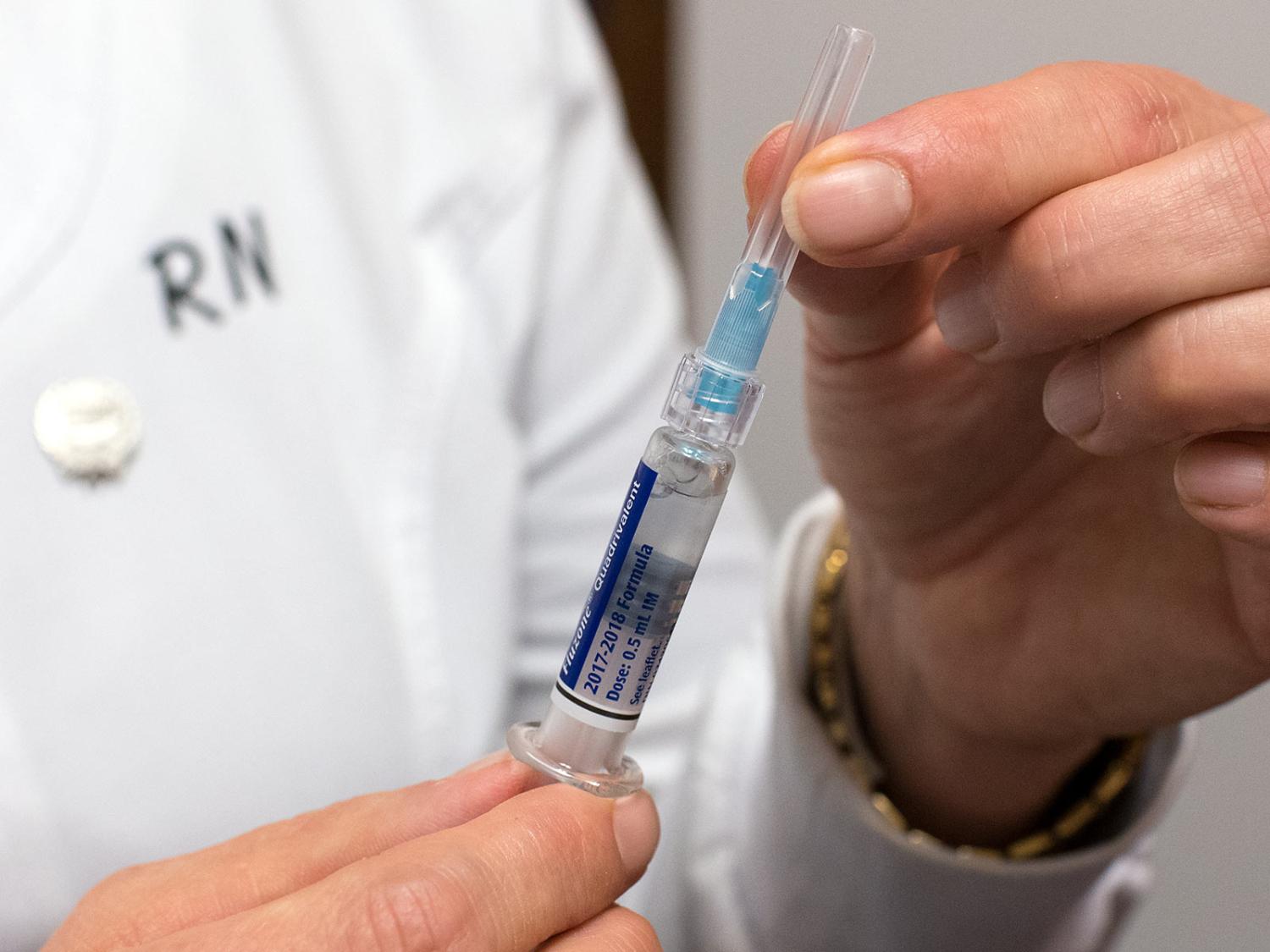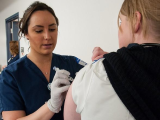Half of the countries in the European Union (EU) report that only about one in three adults age 65 and older are vaccinated against the flu, and uptake is low in other high-risk groups, as well.
Experts warn that low vaccine uptake among Europe's most vulnerable populations could prime the region for widespread illness now and during future seasons.
The data come from the first comprehensive review of seasonal vaccine coverage from the 2008-09 to 2014-15 seasons, conducted by the European Centre for Disease Prevention and Control (ECDC) and the World Health Organization (WHO).
During the 7-year period, seasonal vaccine coverage among high-risk groups (including the elderly) dropped. The overview was published in a recent issue of Vaccine and is based on data from the Vaccine European New Integrated Collaboration Effort (VENICE III) and WHO surveys.
Low uptake in high-risk groups
The WHO said all 53 EU member states have a 75% vaccination goal for older adults and at-risk groups. In the 2014-15 flu season, only Scotland achieved that goal.
Other at-risk groups besides the elderly are also failing to get the seasonal influenza vaccine: 40% of people with chronic disease report not being vaccinated, and less than 10% of pregnant women in half of all EU countries got vaccinated in the 2014-15 season. Fewer than half of the countries recommend vaccinating young children against seasonal flu, with a number of countries reporting that less than 1% of children received the flu vaccine.
"This is of serious concern now for people at higher risk of severe consequences, especially older people, and in the future potentially for the entire population, as the production of pandemic vaccines is closely linked to seasonal vaccine use," said Zsuzsanna Jakab, MD, WHO Regional Director for Europe, in an ECDC news release today.
In lower-resource countries, the lack of seasonal flu vaccine uptake can be linked to lower levels of procurement, the WHO said. The analysis found that high-income countries distributed far more vaccine doses per capita (median, 139.2 per 1,000 population) compared with lower-middle-income countries (median, 6.1 per 1,000 population).
In high-income countries, failure to receive the flu vaccine reflects a lack of confidence about the vaccine's effectiveness and a failure of providers to recommend the vaccine, the ECDC and WHO said.
Season taking toll on elderly
Each year, around 44,000 people in Europe die from the flu, with 75% of those deaths in adults 65 and older, according to the news release. The seasonal influenza vaccine has been shown to prevent severe cases of flu and reduce hospitalization, the agencies add.
Older Europeans have been hit particularly hard this flu season, with the ECDC reporting increased all-cause mortality among the elderly, notably in Southern Europe and England and Scotland.
Influenza B Yamagata is the most dominant strain circulating in Europe this season, followed by H1N1 and H3N2, which are both influenza A strains.
See also:
Feb 2 ECDC press release
Jan 25 Vaccine study
Jan 28 Flu News Europe report




















